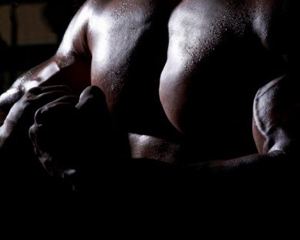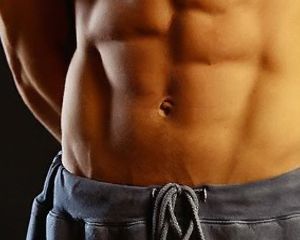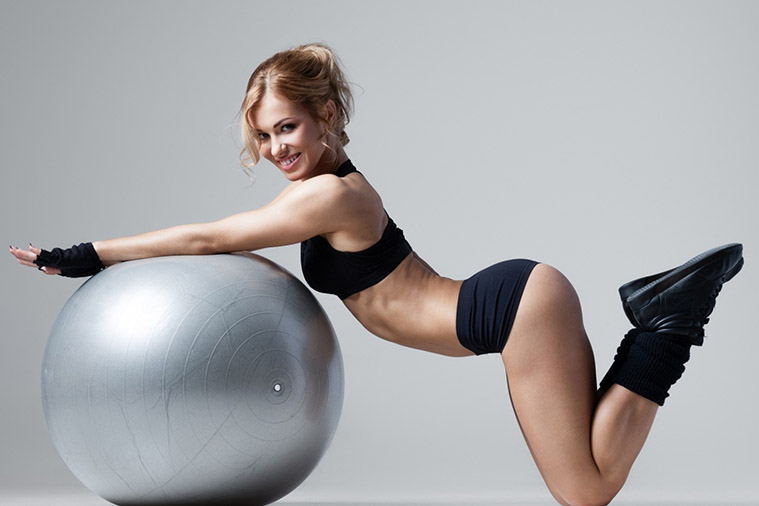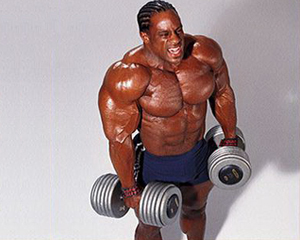BUFFING BY RON HARRIS
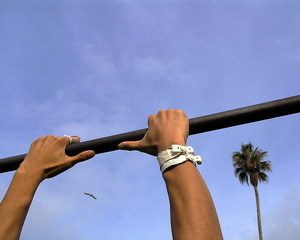 If you belong to the few athletes who regularly perform this exercise in their workouts, then you may be interested in some of the rules that I learned during the years of training.
If you belong to the few athletes who regularly perform this exercise in their workouts, then you may be interested in some of the rules that I learned during the years of training.
No exercises before pulling up.
Pull up at the beginning of your workout, otherwise you will encounter the already accumulated fatigue of the broadest muscles of the back, biceps and forearms. Pull-ups are quite heavy and require a lot of strength, so do them while you are still fresh. If you do not believe, then try to compare the effectiveness of this exercise in the case of performing at the beginning of a back workout and at the end. Compare the resulting number of repetitions, and the logic will prompt you the right decision.
No shoulder straps
I do not want to convince you to give up the hand strap at all, but doing pull-ups without them greatly enhances the grip and builds the strength of the muscles of the forearms. You can greatly benefit from performing pull-ups without the strap in the first set, but it’s better if you do the first two sets in a similar manner. Initially, you will notice a slight decrease in performance, but as the strength of the grip increases, the results will again reach their former level. Of course, if you treat those few people who have such a weak grip that they can not pull themselves up without the shoulder straps even several times, then you have nothing left to do, how to use them.
Use the “fingerless” grip
I received a very important recommendation from Don Ross (Don Ross), Kent Kyuen (Kent Kuehn) and Greg Zulak (Greg Zulak) – pull up with a grip in which all the fingers, including the big ones, are located on top of the crossbar. The “fingerless” grip allows you to use brushes as hooks, which transmits tension directly into the latissimus dorsi muscles, reducing the role of the weaker link – the biceps. You will need some time to master this grip, but then you will be surprised at how much better the pull-ups will be felt in the latissimus dorsi muscles. The same applies to all traction movements, although in many of them the hand strap is used to strengthen the grip when using very heavy weights.
No half repetitions
Many trainees believe that since they pull up at least for a little, they already pull up. Sorry, but if you do not reduce the latissimus of the back completely, rising until the chin is above the crossbar, then you do not pull up. It is better to do four to five full repetitions in the pull-ups than 10-12 partial ones. Try to keep the shoulder sections of the arms at least parallel to the floor at the highest point of the amplitude, and your elbows slightly apart.
No outside help
You will get the most out of the pull-ups if you only do them yourself. Forget about these tricky trainers that help you climb to the crossbar with your feet. I saw women who did not have any physical form performed 20 repetitions of pull-ups on such machines — none of them could boast a beautiful back. Forget about training a partner helping you to reach the top point – this is just a manual version of the above mentioned simulator. Pulling up on your own is very difficult, but this is the only way this exercise can work.
Try to avoid excess weight.
I noticed a long time ago that, gaining 105-110 kg, I improve my results in all exercises, but not in pull-ups. Some amount of fat gained in the offseason serves as an additional burden in this exercise. As soon as I lose some body weight, becoming more lean, as the results in pull-ups immediately increase. Hence the conclusion: in the offseason, try to build more muscle, and not gain fat. If you want a great back, you need to pull yourself up well; if you want to pull up well, then you should not gain non-functional weight, that is, to accumulate fat.
No replacements
And finally, remember: pull-ups are pull-ups. No blocks, lever simulators and dumbbells will not replace the pull-ups. There is always the temptation to abandon pull-ups, even for a while – do not do this. You will understand your mistake only when you come back to the pull-ups again and see how scanty your results have become. In general, I am sure that the three only effective exercises for the back are pull-ups, barbell traction and deadlifts. Refusal of pull-ups will make the task of expanding and thickening the back extremely difficult – and even impracticable.
